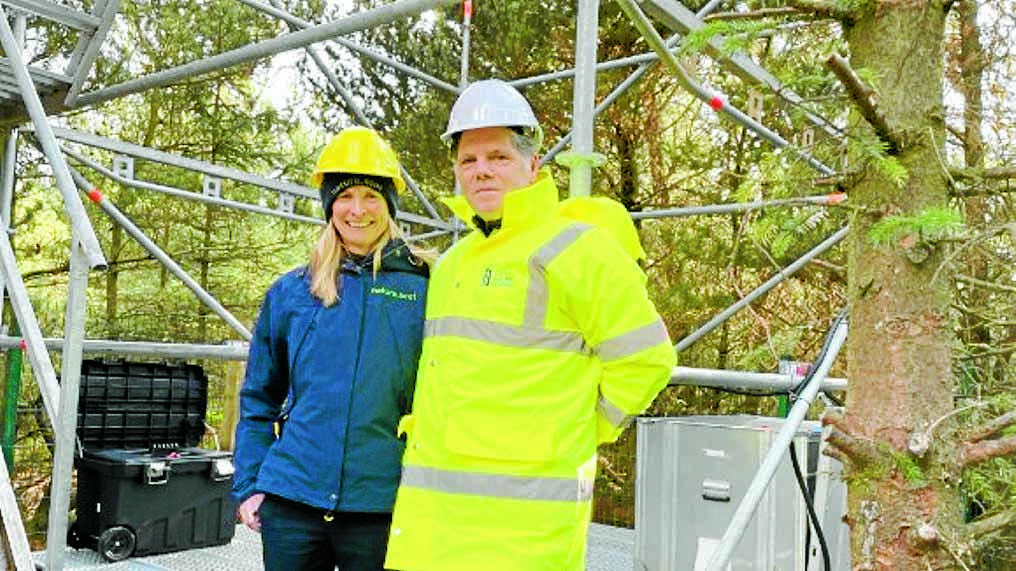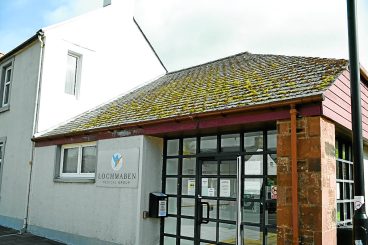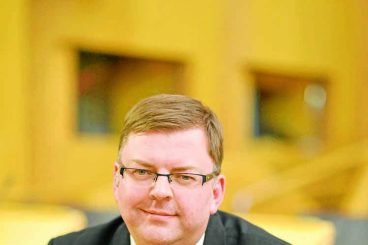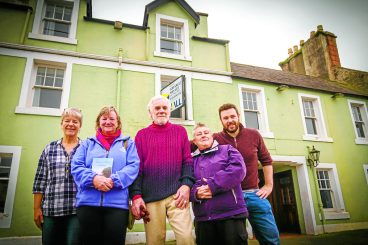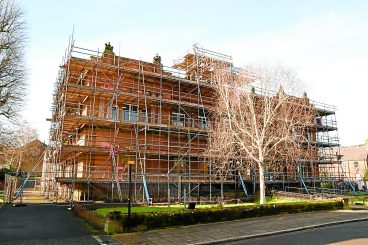THE South of Scotland is joining a national network of flux towers, with a unique project allowing greenhouse gases to be measured as the land changes from commercial forestry crops to restored peatland.
The 14-metre flux tower is the first-ever installed in the area and sits within a commercial forestry crop planted upon deep peat soil 24 years ago.
Critically, the tower will be the first to measure carbon dioxide and methane from the site as the trees grow, reach maturity and are felled, to see how emissions change as the land is restored back to open peatland.
Scientists say understanding how Scotland’s land stores or releases gases is key to reducing carbon emissions.
Information from the flux tower, funded by NatureScot Peatland ACTION, will help fill critical gaps in the understanding of greenhouse gas emissions from peatlands in different conditions.
Data from the flux tower’s instrumentation will also be joined up with a national network of flux towers in Scotland and shared openly with key stakeholders in peatland restoration and forestry management.
It is a collaboration between NatureScot Peatland ACTION, the UK Centre for Ecology & Hydrology, the Crichton Carbon Centre, Forestry and Land Scotland (FLS) and The James Hutton Institute.
Chris Boyce, from NatureScot, said: “Installing the tower is a major milestone and follows years of close collaboration across organisations. It’s fantastic to be moving into the next phase of the project and starting to generate results.”
Dr Emily Taylor, for the Crichton Carbon Centre, the lead partner of the project, said: “It’s a really exciting project and the first of its kind in the South of Scotland. To be part of an international network of similar monitoring stations will hugely benefit our understanding of emissions from peatlands under forestry and then subsequently restored and is a step forward in evidencing how we can reach our net zero ambitions.
“This project has been many years in the making and we’re committed to taking on the management of the project and developing this exciting research partnership. We hope this tower and research partnership will provide further opportunities for researchers and projects in the South of Scotland.”
Locally, the project has been supported by Craig Williamson with fencing installation and Clark Scaffolding who will also help monitor the structure.
It has benefited from funding from South of Scotland Enterprise and updates will be shared on the Crichton Carbon Centre website.
TEAM WORK . . . above, NatureScot chief executive Francesca Osowska and SOSE director of net zero Dr Martin Valenti, at the Flux Tower.
Pic: NatureScot





